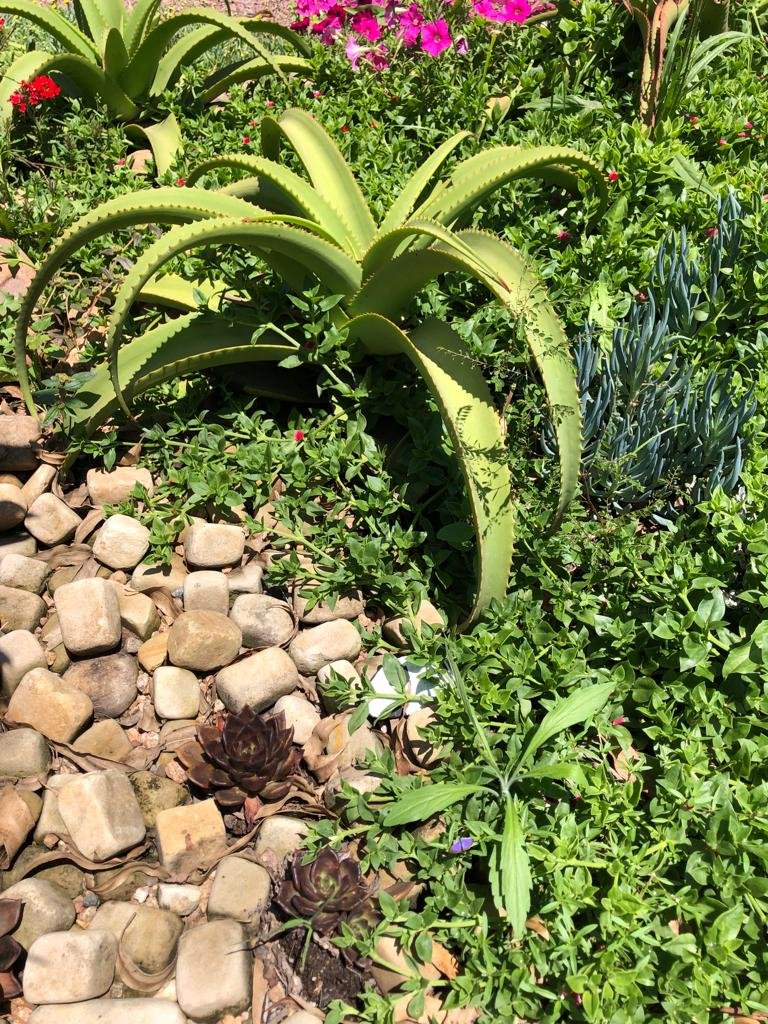In these times of environmental consciousness and eco-homeownership, rock garden landscaping ideas are near the forefront of eco-friendly design plans. These ideas are timeless, and of course they are low maintenance. Rocks also make wonderful homes for all the creatures that like to live in cooler, darker habitats, thus encouraging other wildlife that feed and seek shelter in this eco system. Using rocks, boulders and pebbles to add interest and focal points to your landscape is a solid investment. Rocks are also ideal to retain an area on a slope or use grouped close together to form a beautiful rockery and even used to line pathways and edge garden beds.
Rock gardens also make perfect backdrops for a water garden or oasis reminiscent of a lagoon abundant with wildlife. Lush ferns, palms and cycads with spiky grasses all come together to create the feeling of a calm and balanced eco system. Perhaps there’s an area in your landscape that is in need of landscaping. Is there a stretch of land on the verge just begging for your attention? Consider placing your rock garden here, creating a layered effect with cleverly placed rocks and plants of various heights and textures. Never underestimate the wisdom of choosing water wise plants, like aloes and succulents especially in a rock garden, so this area becomes a strictly low-watering zone. The use of rocks in your garden design is entirely dependent upon your personal tastes, budget and what you already have to work with. Adding little rock elements here and there and softening them up with bright foliage and other garden accessories will create a space that is attractively warm and interesting.






